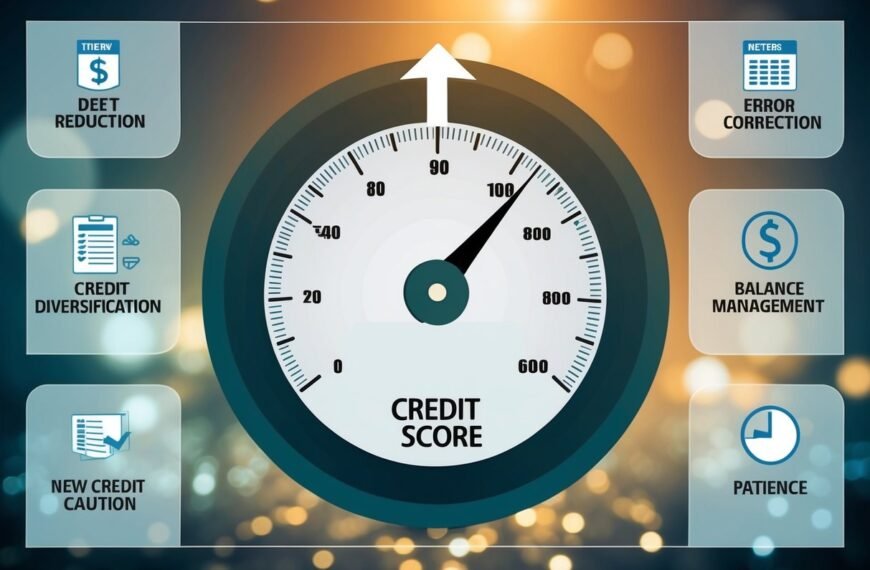
Did you know that many home buyers with a credit score of at least 680 and a decent down payment amount of around 20% or less have access to mortgage down payment assistance programs? These programs are designed to help home buyers purchase their dream home with little cash out of pocket. If you’re interested in understanding more about mortgage down payment assistance programs, read on! In this blog, we’ll cover what mortgage down payment assistance programs are, why you should consider them, how they work, and if they might be right for you.
What are mortgage down payment assistance programs?
Down payment assistance programs are available from the state and local levels, as well as from private sector and nonprofits. The four main types of down payment assistance include grants, loans, deferred loans, and forgivable loans.
Grants are the most common form of assistance. They are money transfers given to low- and moderate-income homebuyers to help them purchase a home. Loans generally have interest- or loan-to-value ratios (LTVs) that make it harder for buyers to afford mortgage payments.
Down payment loans may be interest-free, have lower rates than the primary mortgage, or require the same or higher rate. Down payment loan terms may vary based on lender, program, and borrower preferences. Down payment loans must be repaid when the buyer sells or refinances the home, but they can be costly for buyers in terms of closing costs and interest payments.
Why would you want a loan with a low down payment amount?
Down payment assistance grants can provide up to 3 percent of your first mortgage toward the purchase of a home. These funds typically come from federal and state housing agencies, banks, and local nonprofit housing authorities in the form of grants or low- or no-interest rate loans.
Down payment assistance programs are funded and administered by government agencies, private foundations, and local charities, offering up to 100% financing on homes. These programs help homebuyers with less-than-perfect credit secure affordable mortgage loans. Down payment assistance programs also help homeowners save money by putting down a sizable portion of the purchase price up front.
Many mortgage loan programs offer zero-interest, forgivable loans that don’t need to be repaid as long as the borrower still owns and lives in the home after the period is over. These programs offer an easy way for homeowners to lower their mortgage costs and access additional funding for home improvements or other financial goals.
How to qualify for down payment assistance and who qualifies as a first-time home buyer?
Down payment assistance is a great option for those looking to buy their first home. To qualify, you must meet certain criteria. First, your income must fall within the guidelines set by the program you are applying for. Additionally, you must have a good credit score and be able to demonstrate that you are able to make the monthly mortgage payments. You will also need to attend a homebuyer’s education course and provide documentation of your financial resources. Finally, you may need to meet additional requirements depending on the specific program and location where you are applying for down payment assistance.
A first-time home buyer is someone who has not owned a home within the past three years. This includes single people, couples, and families. First-time buyers may be eligible for special programs and incentives that can help make homeownership more affordable. Typically, these incentives include lower down payments and closing costs, as well as tax credits or grants. In order to qualify for these opportunities, prospective buyers must meet certain income requirements and demonstrate the ability to repay debt obligations. Additionally, first-time buyers must complete an approved homebuyer education course prior to purchasing a home in order to ensure they have the knowledge necessary for successful homeownership.
Why should I consider applying for a mortgage down payment assistance program?
– Down payment assistance programs provide grants, loans, and other forms of assistance to homebuyers with down payments to help them purchase a home.
– Down payment assistance programs are commonly available at the state and local level as well as from the private sector and nonprofits.
– Grants are available for homeownership costs such as closing costs, mortgage insurance, and loan interest.
– Loans are usually offered for homebuyer education or housing counseling assistance. These loans generally have low interest rates and terms of up to 10 years.
– Deferred loan assistance programs allow homebuyers to make monthly mortgage payments while they save for the down payment. The loan rate is based on the interest rate of the loan program’s benchmark, which is generally below 3 percent per year.
– Forgivable loan programs provide homebuyers with a low-interest loan if they agree to purchase a home with a specific mortgage term and rate. This type of assistance is typically provided by government or nonprofit organizations. Interest-free down payment loans are also available but are rare in terms of dollar amount provided.
How do mortgage down payment assistance work?
Mortgage down payment assistance programs are designed to help potential homebuyers overcome the obstacle of saving up for a down payment. These programs are typically offered by government agencies, non-profits, or employers and can provide different forms of assistance to qualified borrowers based on factors such as income, profession, and location. As noted in the search results, down payment assistance can take the form of grants or loans. Grants are free funds that do not have to be repaid, while loans may be structured as zero-interest, forgivable loans or second mortgage loans with deferred payments. The specifics of each program can vary depending on the organization that is offering the assistance and the borrower’s specific financial situation. It’s important to research available programs and check for eligibility requirements before applying. By providing financial support for a down payment, these programs can help homebuyers get into a home more quickly and with less financial stress.
Mortgage down payment assistance programs can be an excellent resource for people looking to buy a home.
– Down payment assistance programs are a great resource for first-time homebuyers. They can be offered through state housing finance agencies, cities, counties, nonprofits, and employers.
– Common forms of assistance include grants, zero-interest loans, forgivable loans, and subsidized payments.
– Programs vary in terms of closing cost and down payment amount. Interest-free down payment loans can also be used as a form of assistance, and can affect mortgage pre-approvals.
– Careful research should be done to ensure that the program chosen is the right fit for you and your family. Look for programs with high loan to down payment ratios and low closing costs. This will help ensure you get the most assistance possible without compromising your financial goals [105-115]
5 Types of Down Payment Assistance
Down payment assistance programs can be a helpful resource for homebuyers who are looking to purchase a home but may not have the full amount for a down payment. There are five main types of down payment assistance: grants, deferred loans, second mortgage loans, shared appreciation loans, and bond programs. Grants are essentially gifts of money that do not need to be repaid, while deferred loans are low or no-interest loans that don’t have to be paid until the property is sold. Second mortgage loans also offer low-interest rates but must be paid when the home is sold. Shared appreciation loans provide money for a down payment in exchange for a portion of the home’s appreciation upon sale, while bond programs offer low-interest rate financing for eligible borrowers. It’s important to note that eligibility requirements and program availability can vary by state and locality, so it’s best to research the options available in your area and speak with a housing professional to determine which program is best for your specific needs.
How to find down payment assistance programs
If you’re a first-time homebuyer looking for down payment assistance programs, there are several ways to find them. One of the first steps is to research online and check out what programs are available in your state or local area. You can also look into federal programs such as the USDA Rural Development Grant, HUD Good Neighbor Next Door Program, and FHA Mortgage Insurance Programs. Additionally, contacting your local housing authority or community development office is a good idea as they may have grants or loan programs available to assist you with your down payment. Nonprofits and churches may also offer resources for down payment assistance. Finally, a real estate agent who specializes in first-time homebuyers can provide you with information on available programs and guide you through the process of applying for them. With so many options available, it’s important to do your research and explore all possibilities to help you find the best down payment assistance program for you.
Conclusion
As you can see, mortgage down payment assistance programs are designed to help homebuyers with limited funds to purchase a home. Not only do they help first-time homebuyers save money on closing costs and other fees but they also lower the cost of homeownership for people looking to move into a home with a higher price range. So if you’re thinking of buying a home, mortgage down payment assistance programs can help you save money and time, making homeownership more realistic. If you’re ready to apply for a mortgage down payment assistance program, contact us today and we’ll connect you with the best loan solution for your needs.







